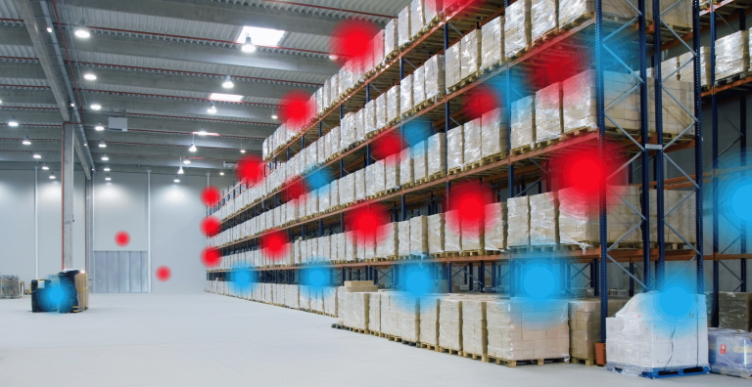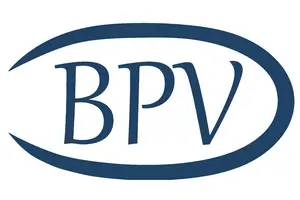
Safeguarding Pharmaceuticals: The Importance of Summer and Winter Temperature Mapping
Pharmaceutical temperature mapping identifies the ‘Worst-Case’ locations within a storage area, identified as the hottest location and coldest location within a chamber space, enabling analysis to take place to identify any root cause. Temperature mapping of any storage area that is impacted by external seasonal variations is measured during the ‘worst-case’ seasonal conditions (summer and winter) to verify that the system is robust and maintains the correct temperature range in all ‘worst-case’ (summer and winter) seasonal situations. The temperature mapping must accommodate a variety of variables that can influence performance.
The primary purpose of thermal mapping is to ensure compliance with regulatory guidelines and industry standards, safeguarding the quality, stability, and efficacy of pharmaceutical products.
The way to perform a thermal mapping is the same despite the seasonal changes and the areas especially sensitive to temperature fluctuations are doors, windows, corners, roofs or elevated areas. It is always best to qualify an empty chamber first and then later re-qualify or monitor the area with usability space and products already inside.
Temperature and relative humidity are found to be among the major causes of pharmaceutical product degradation when they exceed the recommended measures. This is why in all pharmaceutical warehouses, temperature and relative humidity monitoring devices must be always available and well-monitored to preserve the stability of pharmaceuticals.
Internal factors impacting the change in temperatures include airflow limitations, ventilation, often opening of the windows and doors, and ventilation and HVAC systems.
External influences include regular fluctuation of the temperature and/or humidity levels outside due to rapid weather changes. The impact of this is greater year by year due to global warming. One example of an external factor influencing the temperature change inside the storage space is sun shining predominantly on one wall of a building. Hot temperatures during summer can have detrimental effects on pharmaceutical products, leading to degradation, loss of potency, or other quality issues.
Cold temperatures during winter can pose challenges in sustaining the required temperature range, potentially compromising the quality and efficacy of these products. Monitoring of relative humidity in winter is especially important for stored pharmaceutical products to protect them from being degraded by moisture, especially during cooler months with sub-zero temperatures and frequent rain.
Conclusion
Pharmaceutical products are extremely sensitive to poor storage conditions. If those storage conditions (i.e., Temperature, humidity, ventilation, sanitation) are not respected, the quality of pharmaceutical products is compromised, shelf life shortened, active ingredients and excipients degraded, and some become toxic to patients. This is why storage conditions for pharmaceutical products must be well considered and seriously applied to protect public health. Temperature, humidity, and other storage conditions must be monitored on a regular basis and if out-of-specifications are found, immediate corrective action must be taken to avoid prolonged exposure of stored medicines to poor conditions.
